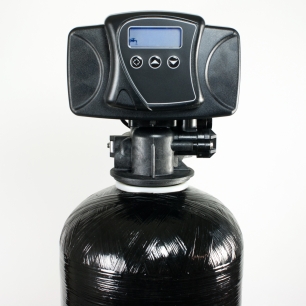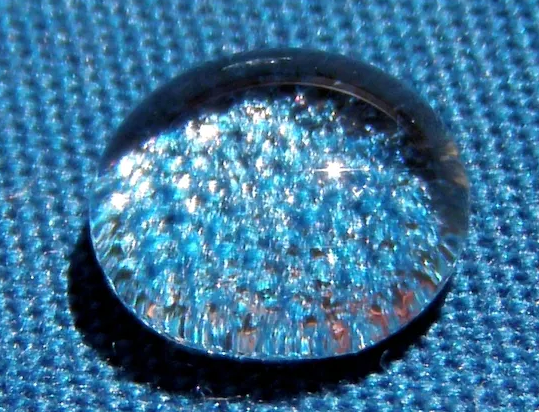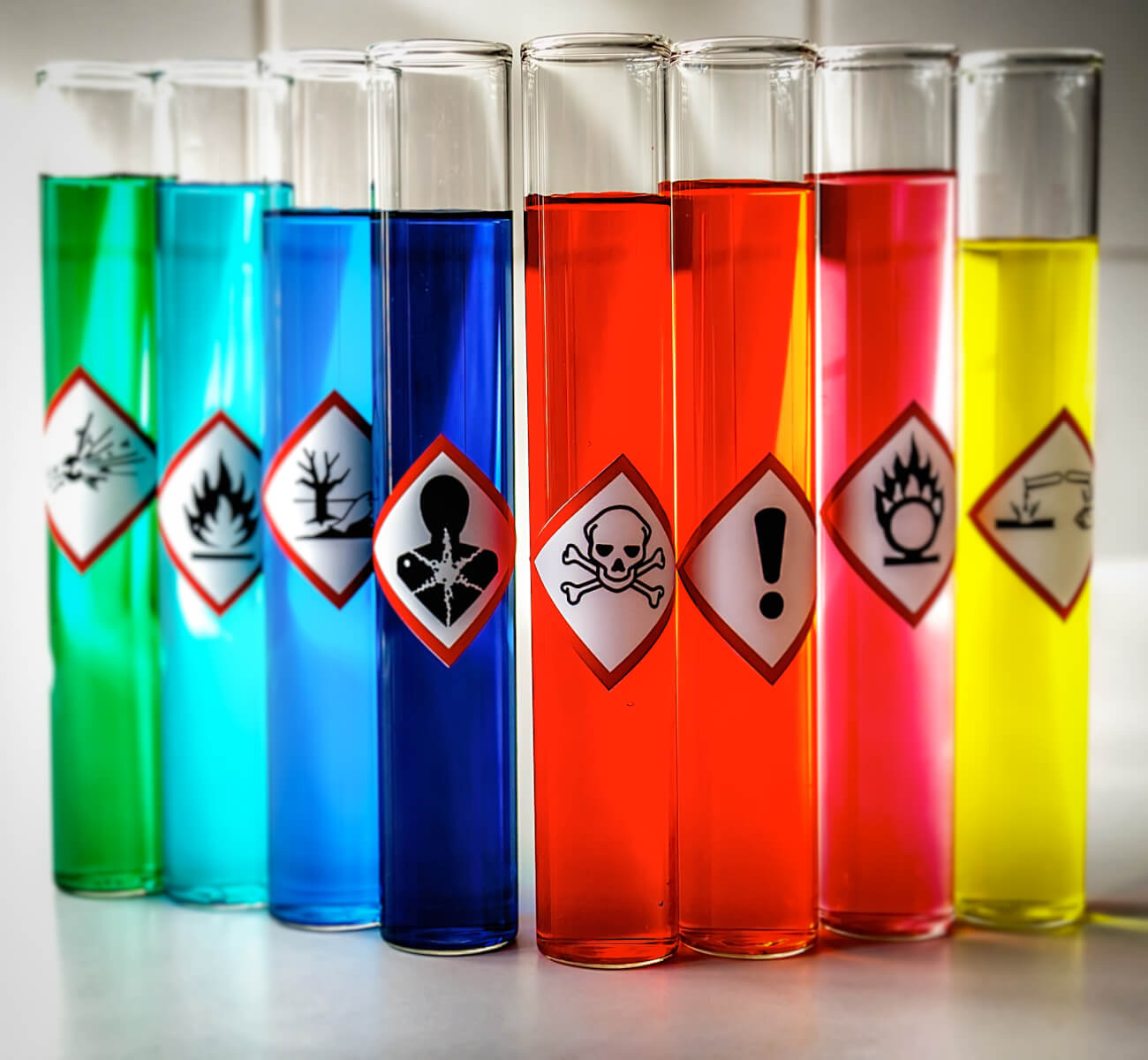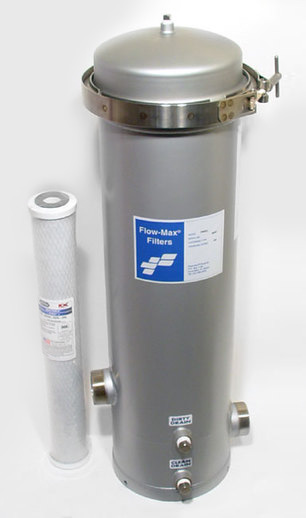Chloramines in Drinking Water
The EPA’s webpage on chloramines begins with this paragraph:
Chloramines are disinfectants used to treat drinking water. Chloramines are most commonly formed when ammonia is added to chlorine to treat drinking water. The typical purpose of chloramines is to provide longer-lasting water treatment as the water moves through pipes to consumers. This type of disinfection is known as secondary disinfection. Chloramines have been used by water utilities for almost 90 years, and their use is closely regulated. More than one in five Americans uses drinking water treated with chloramines. Water that contains chloramines and meets EPA regulatory standards is safe to use for drinking, cooking, bathing and other household uses.
In spite of the EPA’s assurances of safety, the use of chloramine in city water supplies has provoked continual controversy. And for many reasons, including simple aesthetic preference, a high percentage of city water users want chloramines removed from the water they drink and bathe in.
Treatment for Chloramines: How to Remove Chloramines from Water
Reduction of chloramines from city water is a commonly misunderstood issue. For those unfamiliar with the details of water treatment, there is often an expectation that there is a “filter” for every contaminant and the water goes through the filter that specifically identifies that contaminant and, as if by magic, “takes it out.” A frequent question is “How much does your filter take out?” It isn’t quite as simple as that, especially with “problem contaminants” like chloramines.

Below is an explanation of chloramine treatment excerpted from a Water Technology article on chloramines by technical writer David Bauman. The “catalytic carbon” Mr. Bauman refers to is commonly known by its most popular brand name, Centaur carbon. Another very popular catalytic is Aquasorb coconut shell catalytic.
Removal possibilities Chloramines should not be confused with chlorine. Chloramines cannot be removed by passing water through the same activated carbon filters used for chlorine removal because these filters are too small at their designed flow rates.
The following are four types of water treatment technologies that can be used to remove chloramines at the point of use:
Catalytic Carbon. This carbon has a surface structure that has been altered from standard activated carbon, enabling it to remove chloramines, providing close attention is given to contact time, mesh size of the carbon and influent temperature. Theoretically, the carbon decomposes chloramine into traces of nitrogen gas, ammonia gas and chloride. If these reactions are not allowed to be completed, surface oxygen groups form that can foul or exhaust the carbon.
With a 2-mg/L chloramine influent level, enhanced catalytic carbon can produce product water that maintains a <0.1-mg/L residual (required for dialysis). Manufacturer’s data on this type of carbon refer to flow rates ranging from 30 seconds to two minutes of empty bed contact time (EBCT). This converts to between about 3.5 gallons per minute per cubic feet (gpm/ft3) and 15 gpm/ft3.
This does not mean that 15 gpm/ft3 is acceptable. For example, although the product water may be acceptable at this rate, the pressure loss may be prohibitive and the length of run before chloramine breakthrough may be reduced from 88,000 gallons to 11,000 gallons. Designers of dialysis water treatment systems use 10 minutes of EBCT. This contact time was established prior to the development of catalytic carbon, but because of the specifications required by the US Food and Drug Administration, which regulates dialysis water treatment equipment as medical devices, in most cases this has not changed. According to catalytic carbon data, this time could be reduced to about three minutes.
Decreasing the mesh size of the carbon can more than double the gallon throughput, although it may also create more pressure loss. An increase in temperature from about 58 degrees F to 72 F also can more than double the gallon throughput.
The word catalytic normally means enabling a reaction without entering into the reaction. This would imply that the catalyst would never change or become depleted. In reality this is probably not true; other adsorbable and ionic species in the water adsorb onto the carbon and eventually mask the catalytic sites. The more catalytic sites there are on the carbon, the longer its useful life.
In addition, friction physically depletes the material; other foulants, such as iron, can foul it; and high pressure differential can crush it.
Standard activated carbon. Used for chloramine removal long before catalytic carbon became available, standard activated carbon requires a very long contact time, which means a large volume of carbon is needed.
Everything attributed to catalytic carbon applies to standard carbon, although to a lesser degree. All activated carbon has some catalytic capability, but standard carbons of all common basic materials have a relatively low activity for chloramine removal. For thorough removal, up to four times the contact time of catalytic carbon may be required. Substantial increases in percent removal and length of run before chloramine breakthrough can be achieved with smaller mesh carbon. Some systems have been designed that precondition the carbon by exposure to general use or to chlorine.
Carbon cartridge filters have been tested for chloramine removal, but since no national testing standard has been established, no claims are being made. Some cartridges have a real advantage: Fine or powdered carbons, such as those used in cartridges, are excellent chloramine removal media in spite of not being made from catalytic material.
They can render the discussions regarding catalytic vs. standard carbon moot.
Ascorbic acid. Used for dialysis before the development of catalytic carbon, this acid acted – as would other reducing agents – by reducing monochloramine to chloride and ammonia. However, this acid is not advised for drinking water applications and is no longer used for dialysis treatment. [Gazette note: This is the treatment method used in the “Vitamin C” shower filters sold online. They aren’t actually “filters” but injectors. They inject a small amount of ascorbic acid into the shower water stream. Our rudimentary testing indicated that they reduce chloramine effectively but have other issues.]
The practical realities one is left with from Mr. Bauman’s excellent summation of removal strategies are that
1. Except in a controlled industrial setting, it is next to impossible to predict the lifespan or the exact reduction percentage of a water filter used for chloramines.
2. Such variables as water temperature, flow rate, mesh size of the medium (in the case of carbon), and other contaminants in the water greatly affect the effectiveness and the longevity of the filter.
3. The often-used blanket statement that “reverse osmosis does not remove chloramines” is technically true but realistically false. While the reverse osmosis membrane itself does not remove chloramines, every respectable RO unit is equipped with two or more high quality carbon filters. Pre-filters, the filters that process the water before the membrane, receive water at a very slow rate of flow and therefore work under excellent conditions for chloramine reduction. The use of the high quality cartridges described by Mr. Bauman actually should provide superb chloramine reduction in an undersink RO unit, yet the “reverse osmosis does not remove chloramines” myth continues to be promoted by sellers of non-RO products.
4. If you are thinking of purchasing a “whole house” chloramine filter, your choice in sizing should include consideration of the life expextancy of the carbon. Mr. Bauman’s figures show that the carbon’s lifespan could be reduced to as little as 1/8 by undersizing.
Article Source: The Pure Water Occasional. David Bauman’s comments were excerpted from his column in Water Technology magazine.
|










